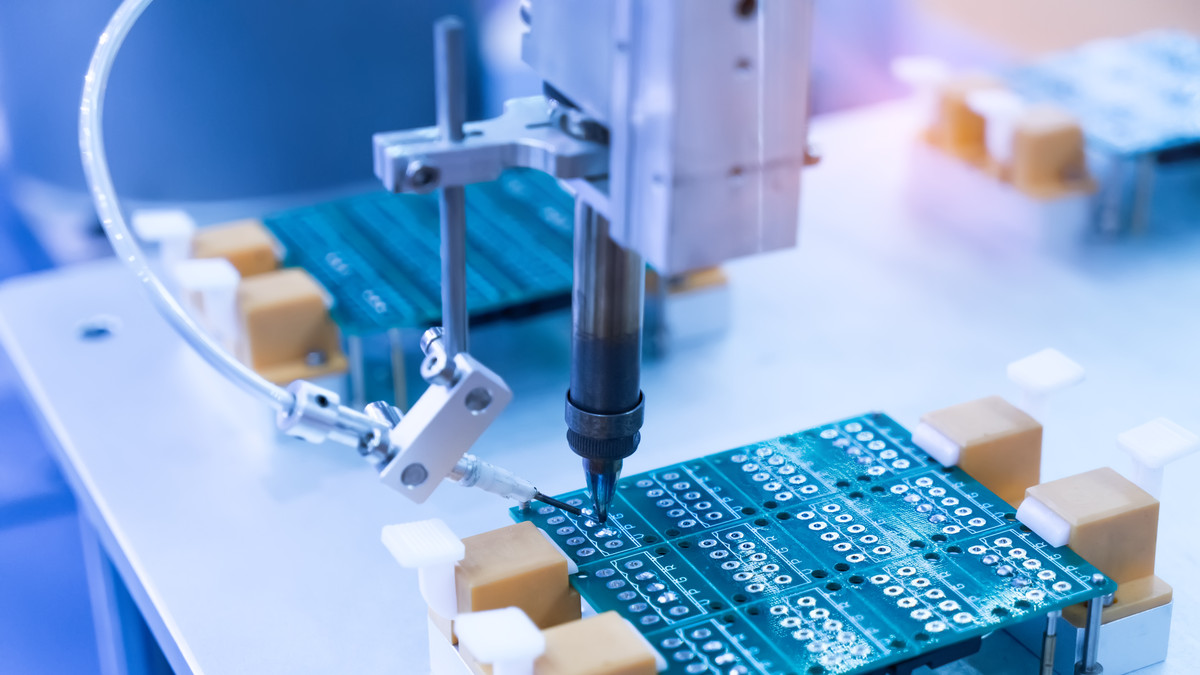Knowing when to automate – and what to automate – is one the biggest challenges that manufacturing leaders face today. The explosion of robotics, process automation software, and artificial intelligence tools has opened a host of new possibilities. According to the International Federation of Robotics, industrial robotics installations are growing faster than ever before.
The right investments can streamline your production, cut costs, and expand your product lines with greater precision. However, it can be difficult to know exactly where to start with automaton or convince your company’s management that investing in factory automation will pay off in the long-term. Here’s a closer look at why today’s cutting-edge manufacturers are turning to automation, and how choosing the right robotics technology for your business can help you meet your goals.
1. Reduce Costs and Better Manage Spending
Manufacturing leaders are constantly asking what they can do to reduce their cost per unit. Margins are already tight in manufacturing – and every dollar matters on a per unit basis to profitability and ongoing business sustainability. Rapidly increasing human capital costs, equipment breakdowns, rising fuel costs throughout the supply chain, and other elements are driving up the costs of doing business. Automation is helping get these costs under control. McKinsey reports that robotics are one solution that’s quickly becoming more affordable; over the last 30 years, costs have fallen by one half in real terms and even further when compared to labor costs.
Not only are initial investments in robotics more affordable than ever before. Over time, robotics can reduce labor costs, eliminate penalties and lost revenue from errors, and increase profits by speeding up production volume. In fact, one McKinsey study found that 87% of production hours and 45% of non-production roles’ workloads within manufacturing could be automated for significant cost savings. There are significant opportunities across the factory floor and throughout the business to cut costs without sacrificing speed, quality, or agility.
2. Increase Volume and Streamline Production
In manufacturing, profits and the ability to successfully deliver contracts relate directly to how many items you can produce within a specific timeframe. Do you need to see an increase in volume, but lack the resources to do so? Robotics can help. In many cases, robotics work simultaneously with your existing team to help raise capacity. Automating your production process can reduce delays and increase the speed for specific production runs.
Collaborative robotics – or robotic tools and human resources working together for higher production rates – will surpass $1 billion by 2020. Robotics tools can increase your production, allow you to automate the manufacturing process to eliminate delays, and capture critical time gains that allow extra production runs in a day, week, or month. Even a single additional production run can add thousands to the bottom line.
3. Improve Quality Control
Increasing your factory’s production volume only has a positive impact on the business if the quality of every deliverable is to spec. If a product is manufactured with an error and makes it through your quality control process, what happens if that lands in the hands of a customer? Quality control issues can cut into profits, slow down production, and ultimately cost you important contracts and customer relationships.
Robotics and AI can eliminate the possibility of human error, by manufacturing to a defined set of specifications consistently throughout the manufacturing process. Automated quality control can also make it easier and faster to inspect products, and correct for any issues that arise. A well-defined, automated manufacturing and quality control process ensures that you deliver perfect product with every production run.
Are you ready to explore how robotics and automation can improve your performance, reduce costs, and increase profits? Download “Automation 101: A Step-By-Step Guide to Getting Started with Robotics” to learn more.
4. Achieve New Levels of Precision
The circuitry and levels of internal complexity of today’s devices are rapidly increasing. Consider the steps required to manufacture a smartphone or tablet. Devices are becoming smaller and slimmer, while packing more computing punch into a tiny space.
In many cases, tiny parts or precision requirements are becoming too tight for human beings to reliably or safely handle. Manufacturers are turning to robotics and automation to design processes that let them deliver the products today’s technology companies need. McKinsey notes that as robots become smarter and integrate a wider range of information, they’re able to adapt to changes and even mirror precision craftsman-like movements for techniques such as polishing, grinding, or deburring.
5. Safety and Repetitive Motion
In addition to all the benefits outlined above, robotics are helping factory-based manufacturers improve their safety rates and consistently complete highly repetitive motions. Are the materials you are handling unsafe for humans to handle or do manufacturing processes require repetitive motion that can be unsafe? Robotics may be the solution.
Certain manufacturing processes require highly repetitive movements that can quickly wear down a human body and cause occupation-related injuries. Even with the most careful safety protocols, this creates potentially hazardous conditions. Automating those roles can help take stress off your workforce, while ensuring that work is completed safely. At the same time, robotics can handle a variety of substances and complete processes that are not safe for your workers to touch. With the right robotics set up, it’s possible for your organization to safely and efficiently manufacture a wide range of products.
Are you ready to explore how robotics and automation can improve your performance, reduce costs, and increase profits? Download “Automation 101: A Step-By-Step Guide to Getting Started with Robotics” to learn more.
